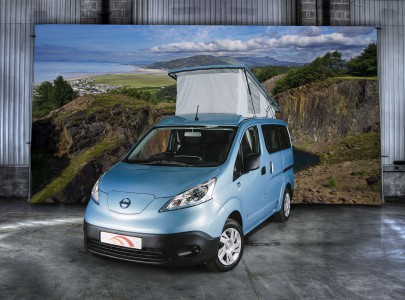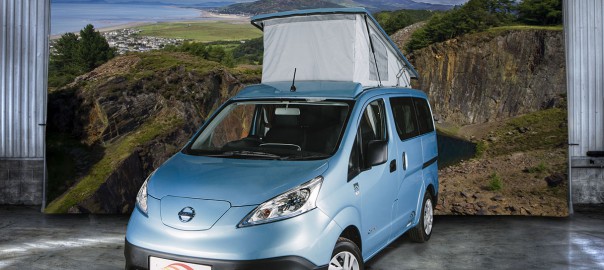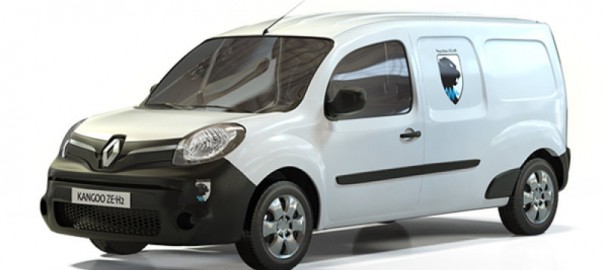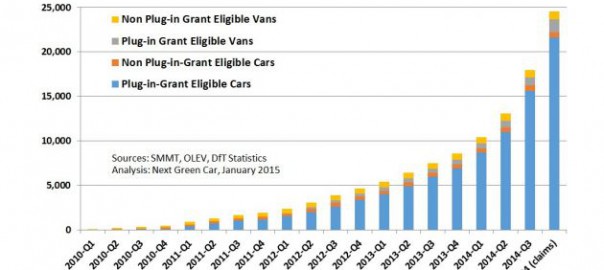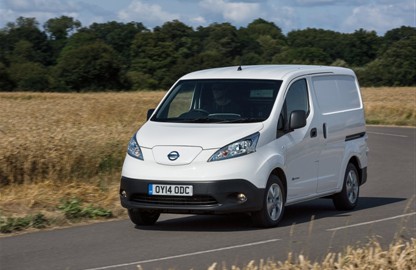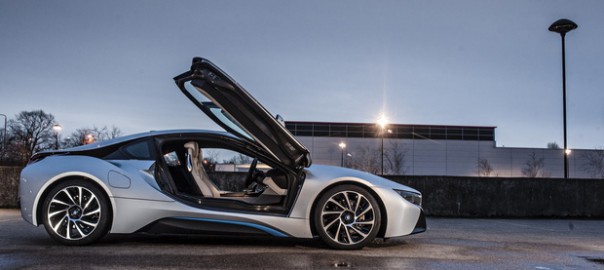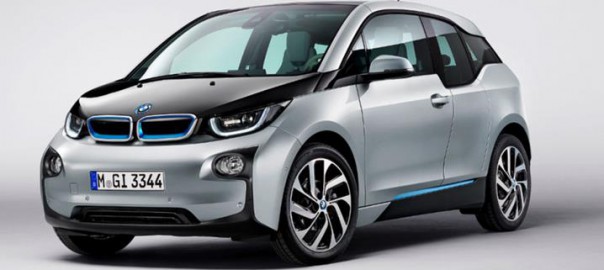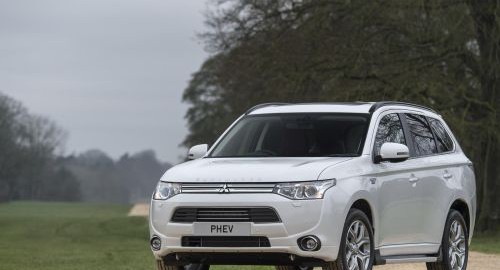Folks who pay attention to energy and climate issues are regularly treated to two competing depictions of society’s energy options. On one hand, the fossil fuel industry claims that its products deliver unique economic benefits, and that giving up coal, oil, and natural gas in favor of renewable energy sources like solar and wind will entail sacrifice and suffering (this gives a flavor of their argument). Saving the climate may not be worth the trouble, they say, unless we can find affordable ways to capture and sequester carbon as we continue burning fossil fuels.
On the other hand, at least some renewable energy proponents tell us there is plenty of wind and sun, the fuel is free, and the only thing standing between us and a climate-protected world of plentiful, sustainable, “green” energy, jobs, and economic growth is the political clout of the coal, oil, and gas industries (here is a taste of that line of thought).
Which message is right? Will our energy future be fueled by fossils (with or without carbon capture technology), or powered by abundant, renewable wind and sunlight? Does the truth lie somewhere between these extremes—that is, does an “all of the above” energy future await us? Or is our energy destiny located in a Terra Incognita that neither fossil fuel promoters nor renewable energy advocates talk much about? As maddening as it may be, the latter conclusion may be the one best supported by the facts.
If that uncharted land had a motto, it might be, “How we use energy is as important as how we get it.”
1. Unburnable Fossils and Intermittent Electricity
Let’s start with the claim that giving up coal, oil, and gas will hurl us back to the Stone Age. It’s true that fossil fuels have offered extraordinary economic benefits. The cheap, concentrated, and portable energy stored in these remarkable substances opened the way, during the past couple of centuries, for industrial expansion on a scale previously inconceivable. Why not just continue burning fossil fuels, then? Over the long term that is simply not an option, for two decisive reasons.
First, burning fossil fuels is changing the climate to such a degree, and at such a pace, that economic as well as ecological ruin may ensue within the lifetimes of today’s schoolchildren. The science is in: either we go cold turkey on our coal, oil, and gas addictions, or we risk raising the planet’s temperature to a level incompatible with the continued existence of civilization.
Second, these are depleting, non-renewable sources of energy. We have harvested them using the low-hanging fruit principle, which means that further increments of extraction will entail rising costs (for example, the oil industry’s costs for exploration and production have recently been soaring at nearly 11 percent per year) as well as worsening environmental risks. This problem has been sneaking up on us over the last ten years, as sputtering conventional oil and natural gas production set the stage for the Great Recession and the expensive (and environmentally destructive) practices of “fracking” and tar sands mining. Despite the recent plunge in oil prices the fossil fuel party is indeed over. Sooner or later the stark reality of declining fossil energy availability will rivet everyone’s attention: we are overwhelmingly dependent on these fuels for nearly everything we eat, consume, use, and trade, and—as Americans started to learn in the 1970s as a result of a couple nasty oil shocks—the withdrawal symptoms are killer.
So while fossil fuel promoters are right in saying that coal, oil, and gas are essential to our current economy, what they omit mentioning is actually more crucial if we care how our world will look more than a few years into the future.
Well then, are the most enthusiastic of the solar and wind boosters correct in claiming that renewable energy sources are ready to substitute for coal, oil, and gas quickly enough and in sufficient quantity to keep the global economy growing? There’s a hitch here, which critics are only too quick to point out. We’ve designed our energy consumption patterns to take advantage of controllable inputs. Need more power? If you’re relying on coal for energy, just shovel more fuel into the boiler. But solar and wind are different: they are available on Nature’s terms, not ours. Sometimes the sun is shining or the wind is blowing, sometimes not. Energy geeks have a vocabulary to describe this—they say solar and wind power are intermittent, variable, stochastic, or chaotic.
Read more: Post Carbon Institute
